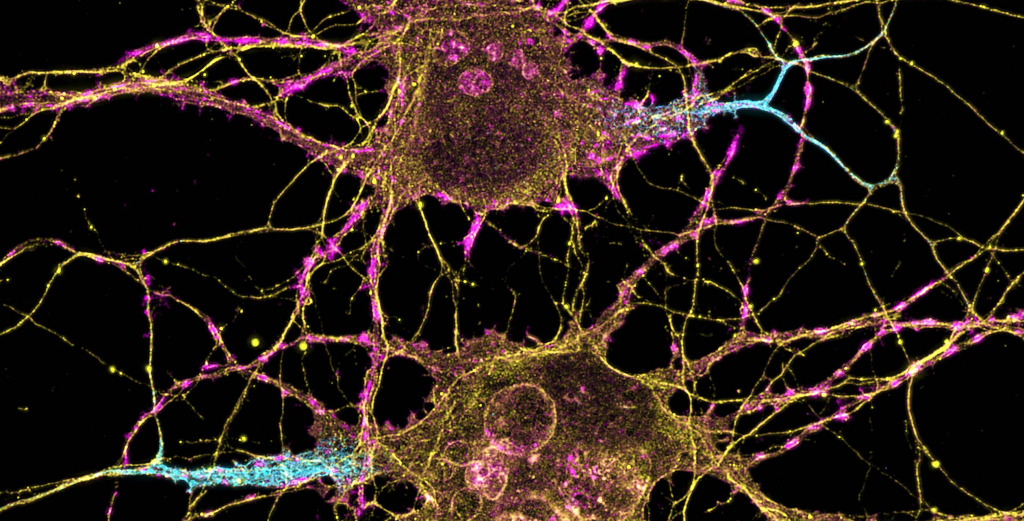Alzheimer’s data center at UW awarded $35 million to continue mission of free, global access

For researchers around the world working to understand and treat Alzheimer’s and eventually find a cure, data from clinical exams of patients suffering from this complex neurodegenerative disease needs to be standardized and accessible. Since 1999, that’s what the National Alzheimer’s Coordinating Center (NACC), housed in the UW School of Public Health’s Department of Epidemiology, has been doing.
With funding from the NIH’s National Institute on Aging, the UW center began collecting data from another set of centers housed in hospitals and clinics across the country. These centers, Alzheimer’s Disease Research Centers(ADRCs), have now grown in number to 35 — including the ADRC at UW Medicine — and the data they provide, from clinical diagnosis to scanned images of brains, neuropathology and genomics, has grown as well.
Earlier this summer, the National Institute on Aging committed $35 million to continue funding the National Alzheimer’s Coordinating Center at UW through 2026.
“We have data on roughly 44,000 individuals, and also have neuropathological exams and image data on about 6,000,” said Walter Kukull, director of the UW center and a professor of epidemiology. “We also link to genomics data on a large proportion of the subjects. We distribute the data free worldwide to researchers, and that has led to roughly 1,400 research publications.”
Kukull said his team began working with NIA and clinical leaders from around the country years ago to develop a much more detailed and longitudinal standardized approach to collecting the data.
“In about 2002, we implemented a standardized collection system for neuropathologic data. Then in 2005, we worked with all the ADRCs and NIA to implement standardized clinical exam and primary data collection across all ADRCs,” Kukull said. “That was called the Uniform Data Set. It is still in effect today and is beginning its fourth revision, to stay current with the science and clinical practice.”
The NACC staff and faculty coordinate national meetings with all the centers, collect and maintain the data, help guide researchers’ queries through the data and even help refine hypotheses.
“Requesters usually get referred to one of our consulting research experts who point them in the right direction,” Kukull said. “We help them focus what they want to do, focus the question they are researching and also focus the data they want to download, though researchers can download the entire set. We are also working to make this process much more ‘self-service’ and easy for researchers to see and access data.”
Kukull said the new grant will help them move their vast data — including more than two decades’ worth of large image files and voice recordings gathered in neuropsychological testing — into the cloud. They will also continue to increase software capabilities to work with this big data, which will include the increasing involvement of machine learning.
“Alzheimer’s is a complex disease with a range of impairments,” Kukull said. “Alzheimer’s, as a brain disease, does not occur by itself. How it interacts with, say, vascular disease, tiny strokes or Lewy body disease, Parkinson’s or other diseases in causing cognitive decline and dementia symptoms is one of the big questions everyone is struggling with.”
The NACC, the ADRCs and the NIA are focused on pushing research forward as much as possible to find a treatment or cure for Alzheimer’s disease by 2025. That’s one of the goals established in response to the National Alzheimer’s Project Act signed into law by President Obama in January 2011.
“Getting that data out there, where people can access it and maybe look at it in a different way that no one has thought of, is an important part of meeting that goal,” Kukull said.
To learn more about the NACC and see a list of the center’s leadership, researchers and staff, go here. For more information about the center, contact naccmail@uw.edu.